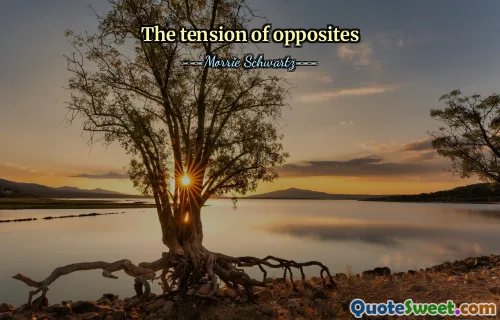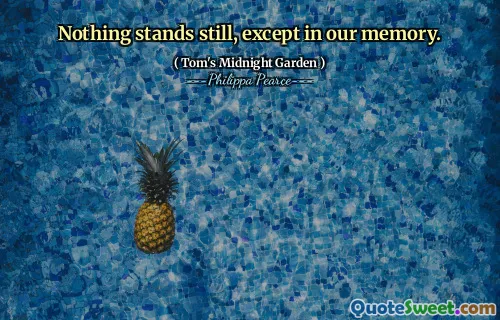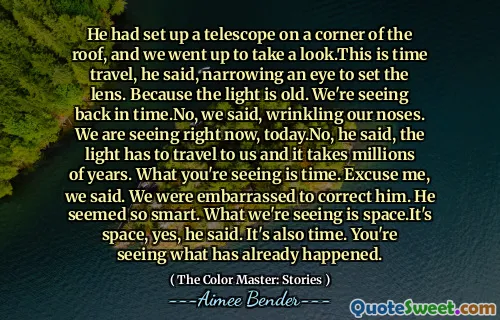
From this time on, the universe is built up into an aggregate of permanent objects connected by causal relations that are independent of the subject and are placed in objective space and time.
This quote highlights a fundamental perspective in understanding the nature of reality as perceived through scientific and philosophical lenses. It suggests that the universe, from a certain point onward, can be viewed as a collection of permanent objects that maintain consistent identities over time. These objects are interconnected through causal relations, implying that events and entities influence each other according to laws that are objective and discoverable, rather than subjective or dependent on individual consciousness. This concept aligns closely with classical scientific worldview, emphasizing an external reality that exists independently of our perception. The assertion that these objects are 'placed in objective space and time' further reinforces the notion that the universe is structured in a measurable and consistent framework, where location, duration, and causality follow well-defined rules. Such a perspective has profound implications on epistemology, as it underpins the belief that through observation, measurement, and logical reasoning, humanity can attain true knowledge about the universe. It also raises philosophical questions about the nature of perception, reality, and the limits of human understanding—considering whether our perception truly captures this objective structure or if there are aspects of reality that remain inherently inaccessible. Overall, this quote encapsulates a worldview that perceives the universe as a stable, ordered system governed by causal laws, inspiring scientific inquiry and philosophical exploration into the fabric of existence.











